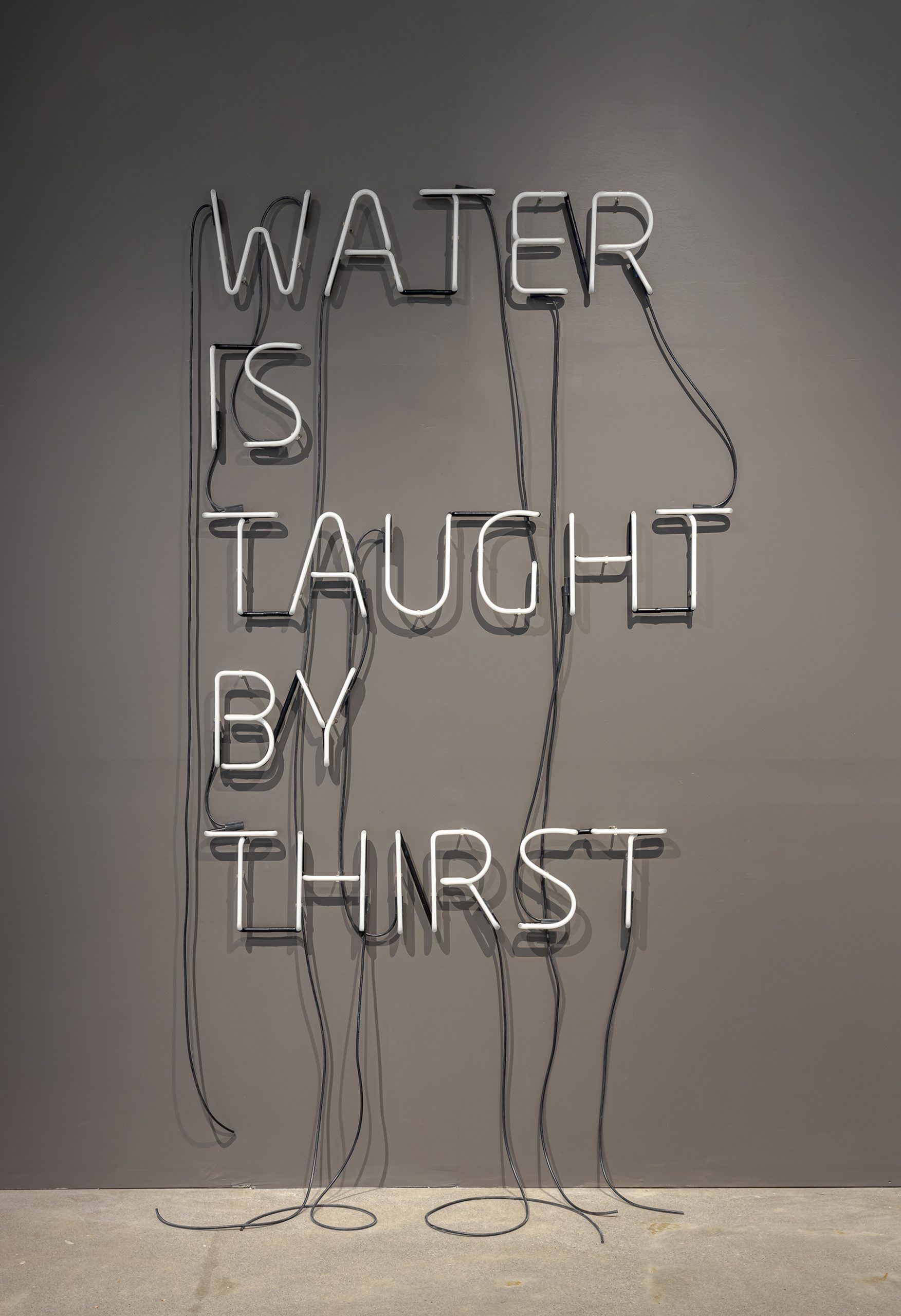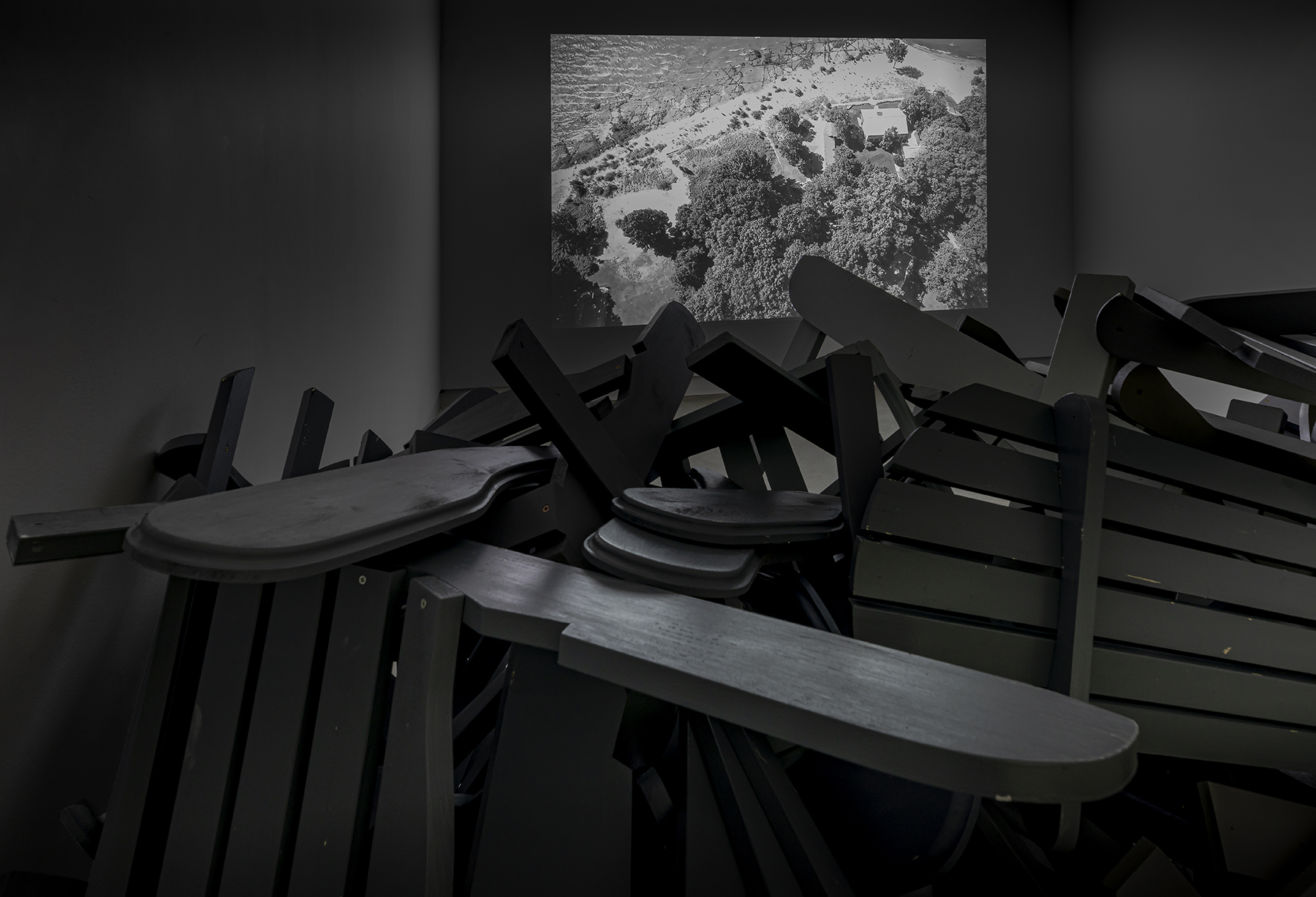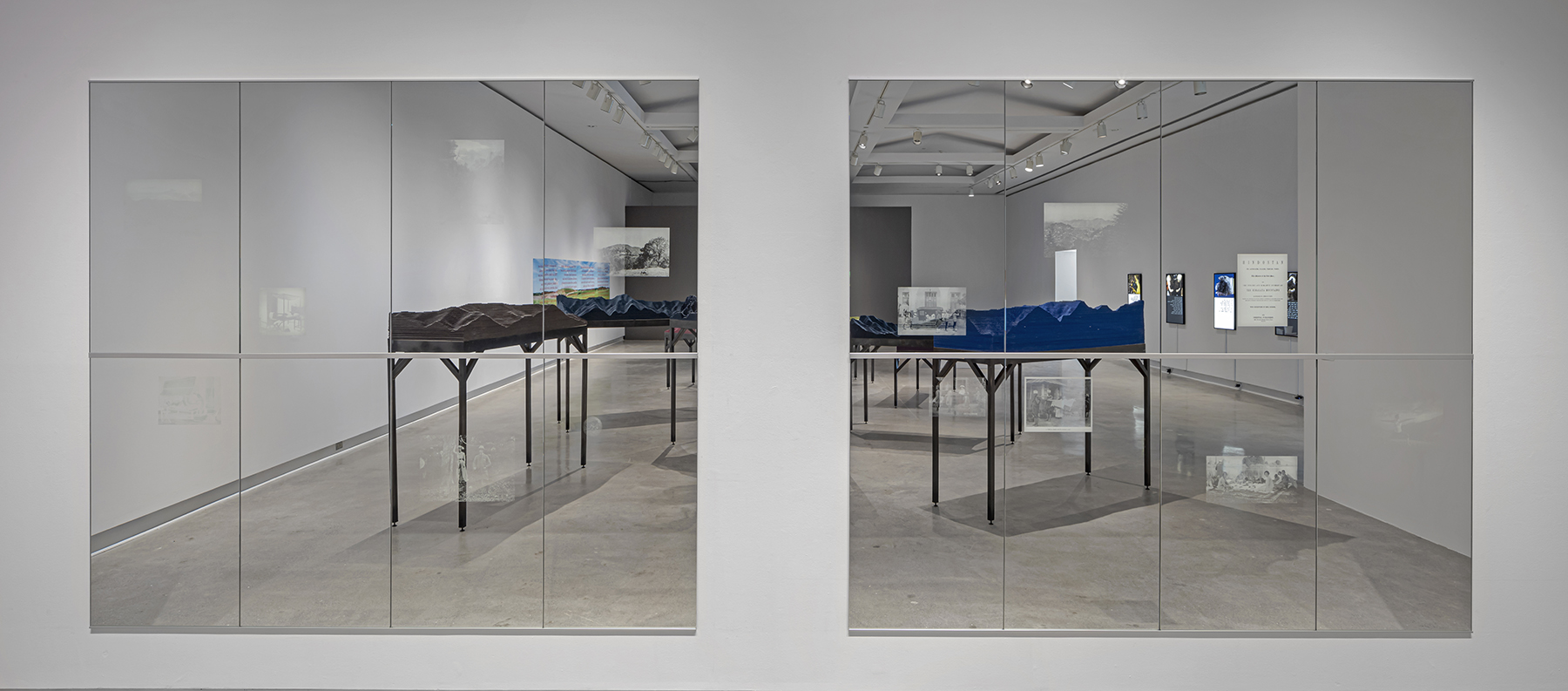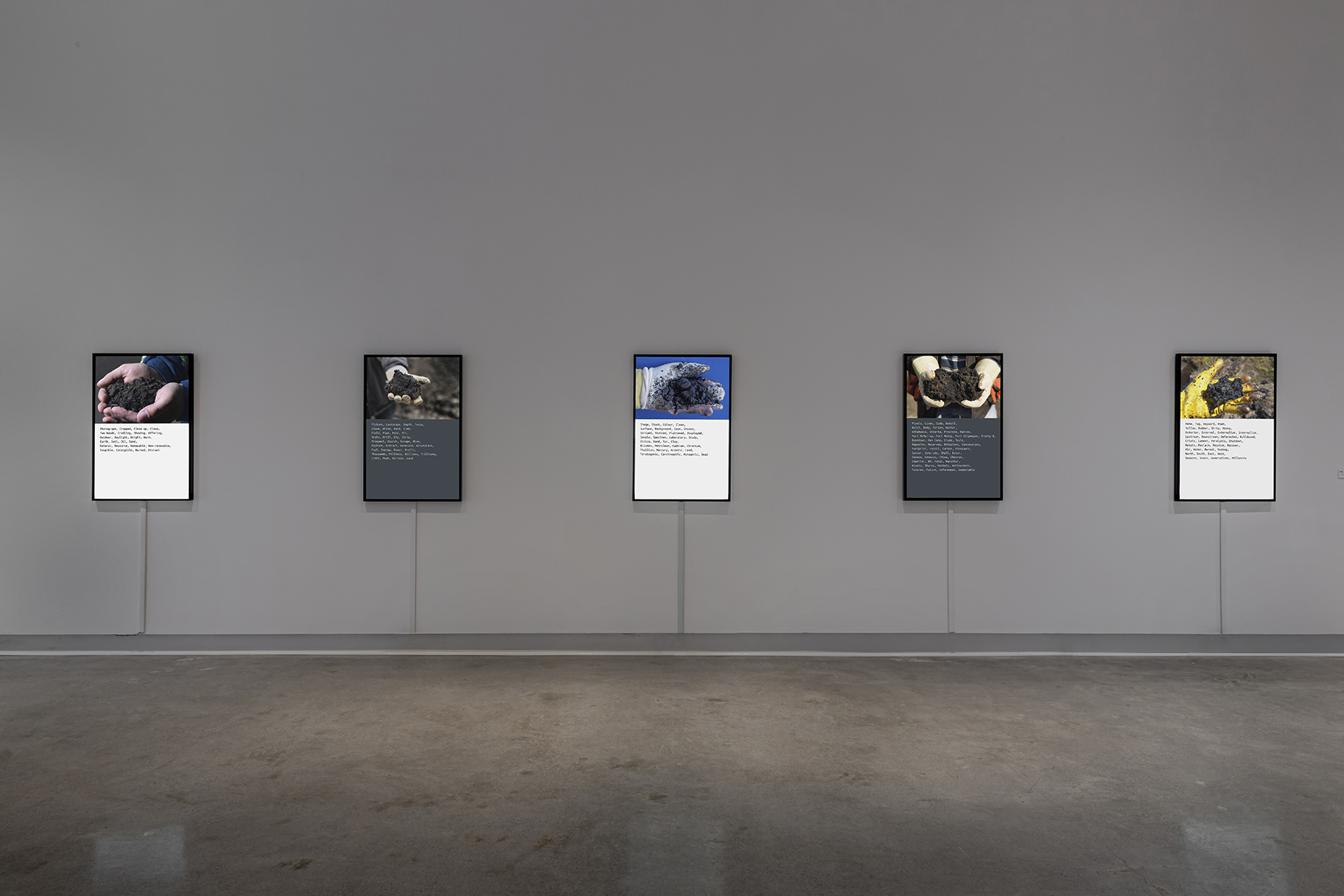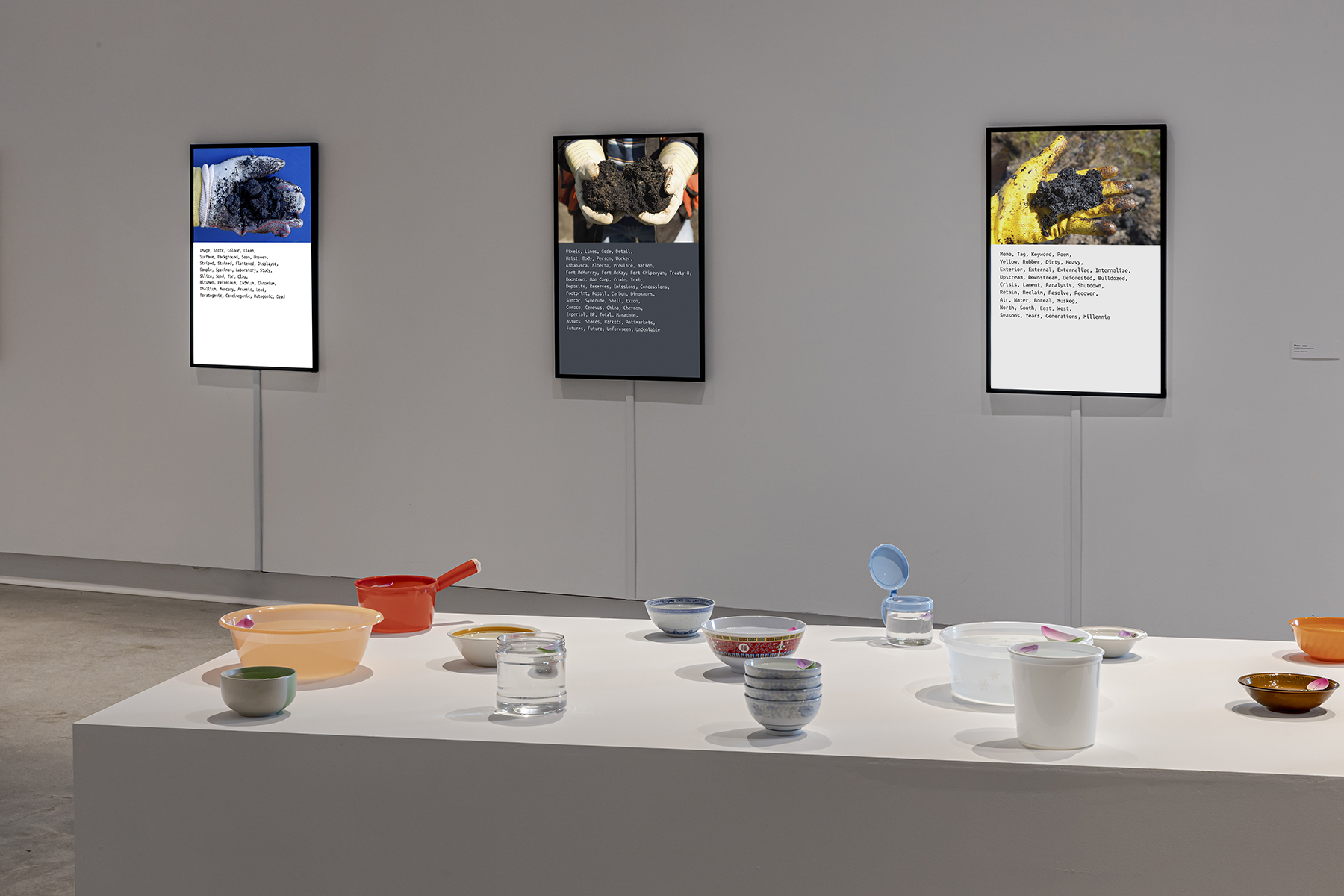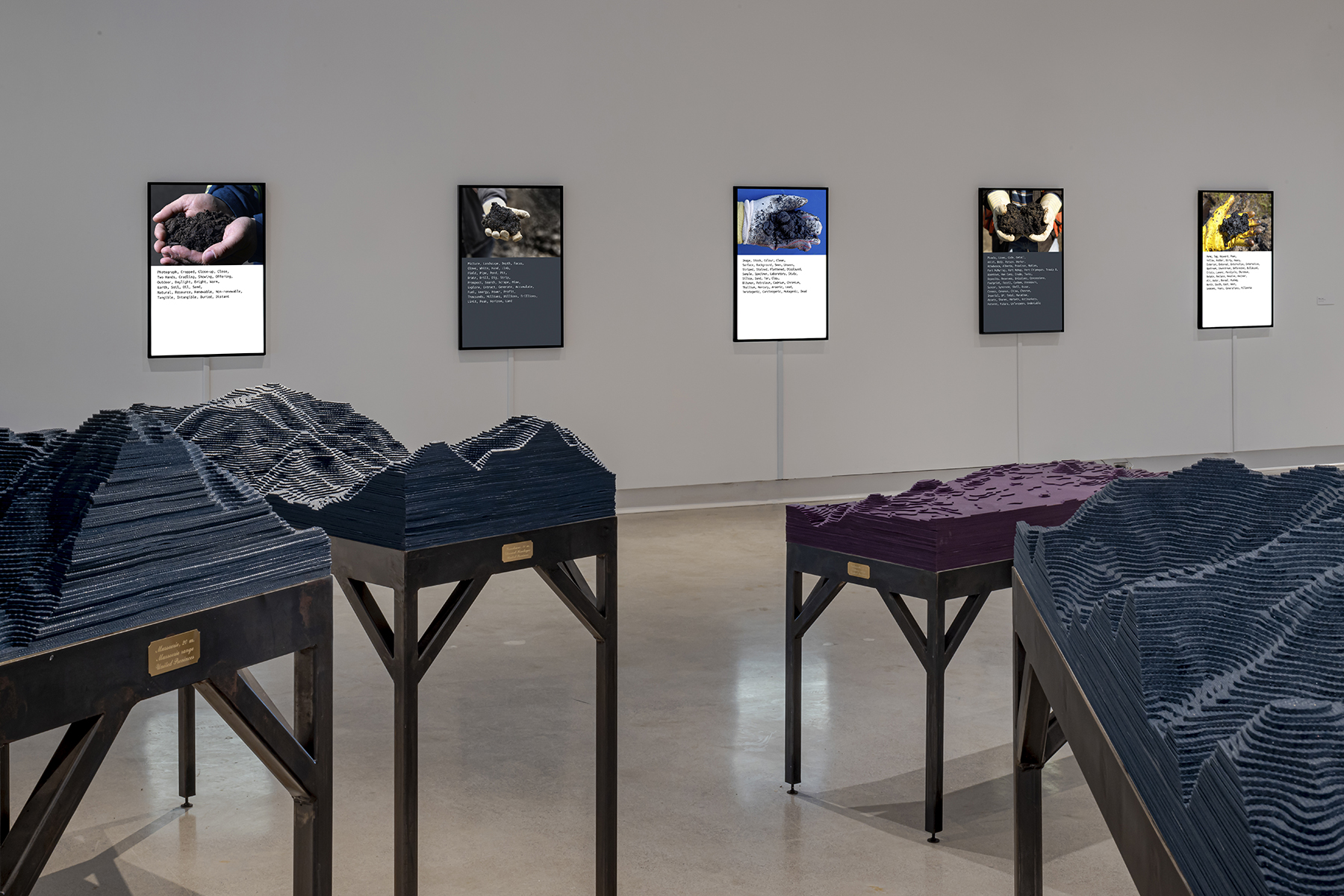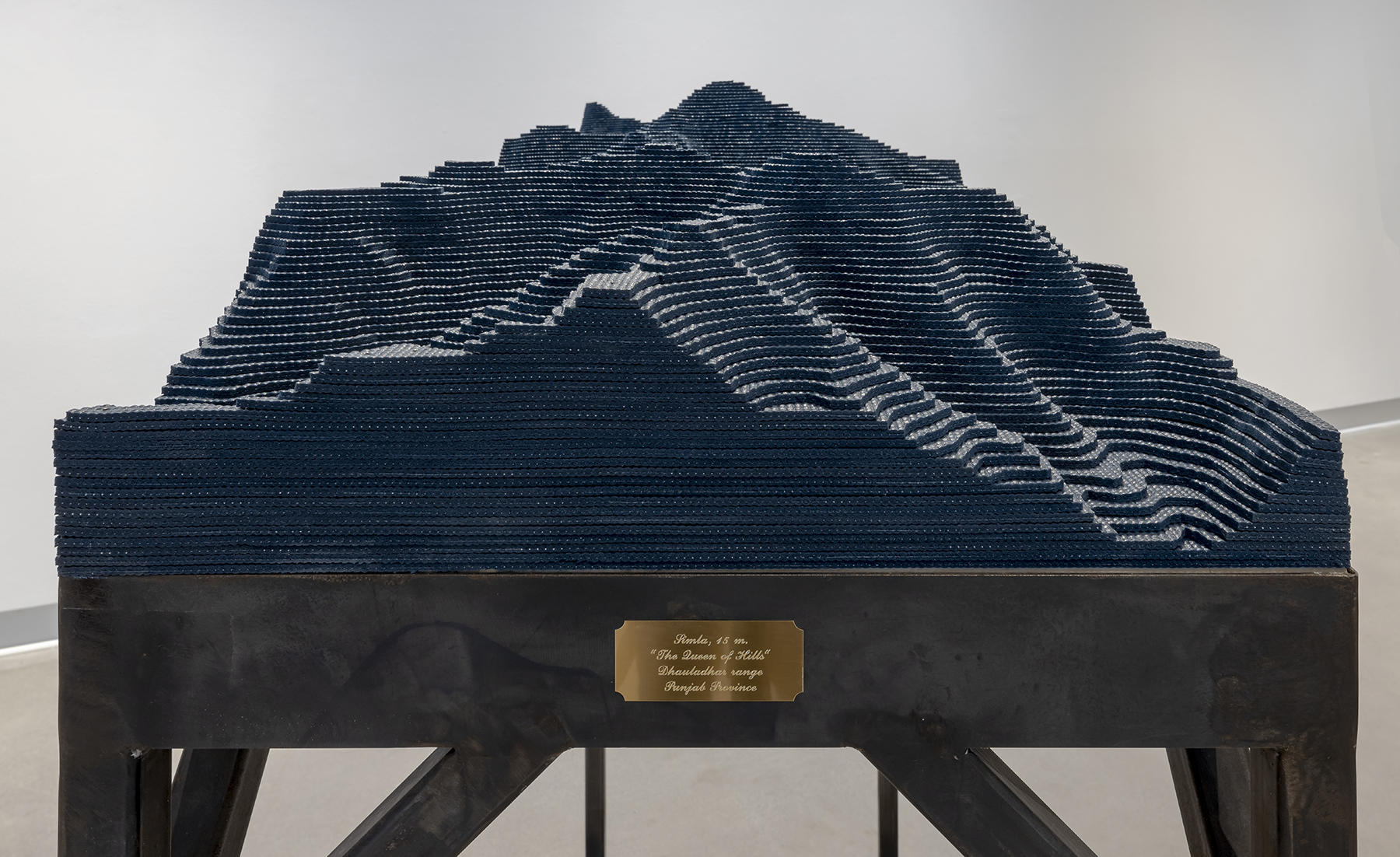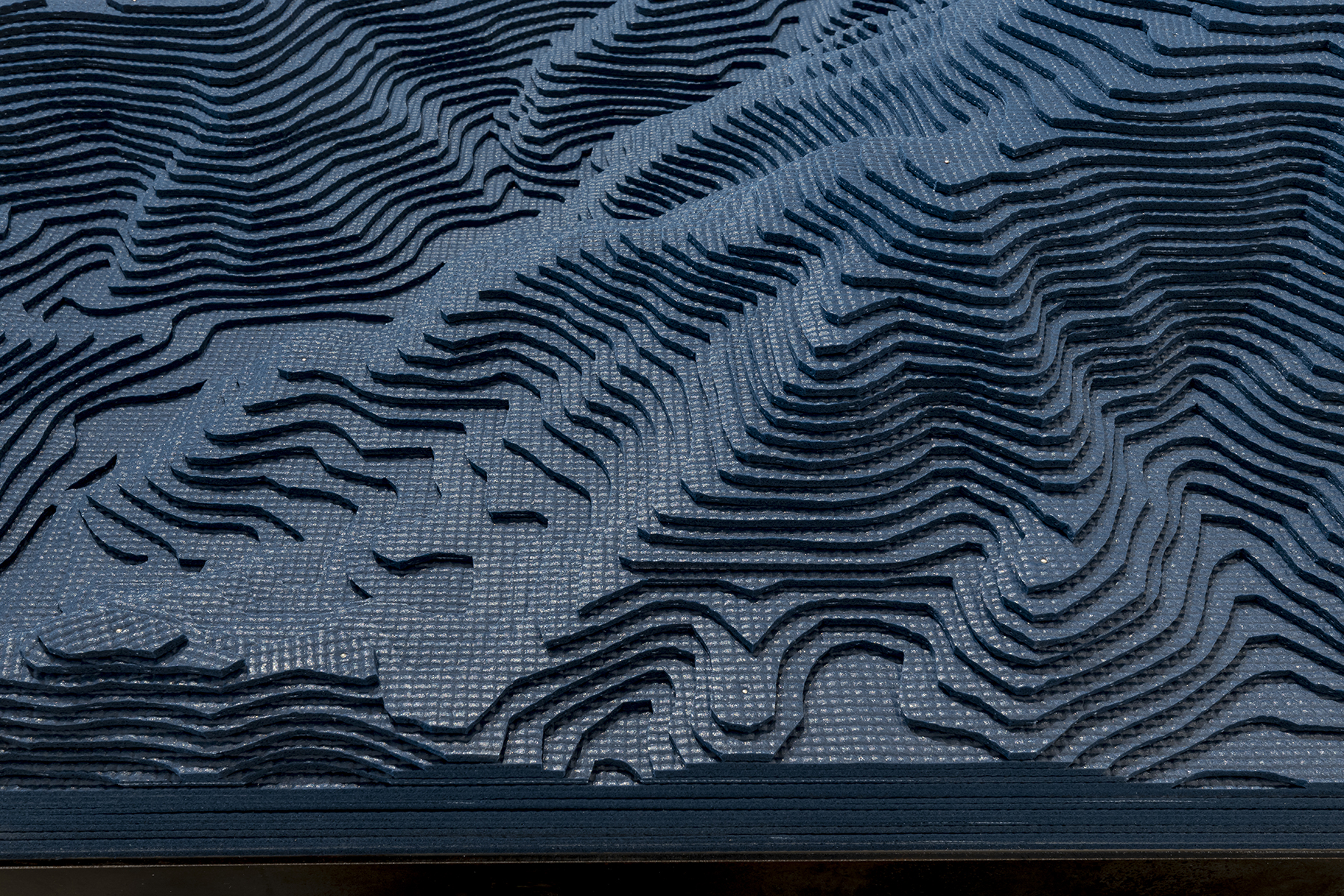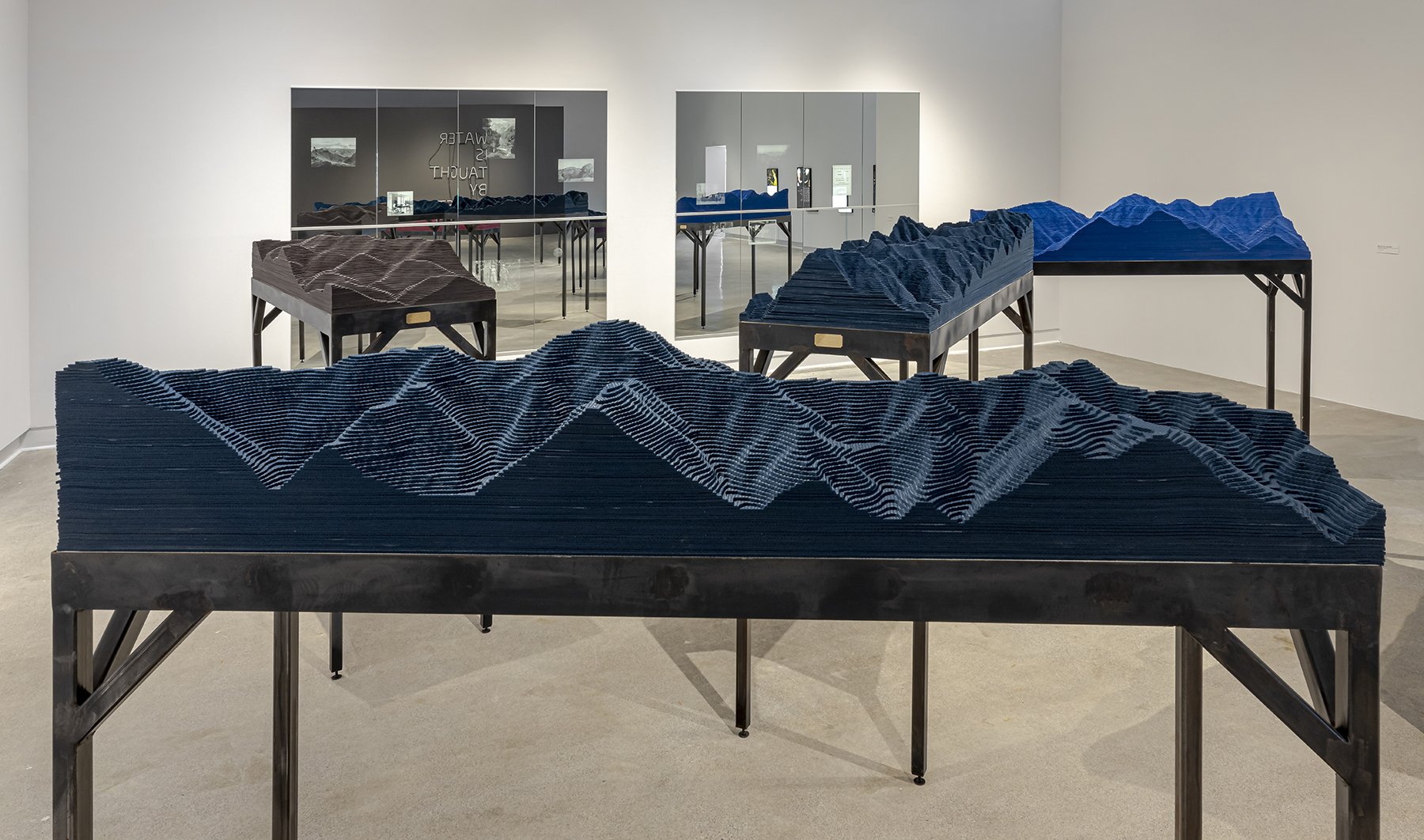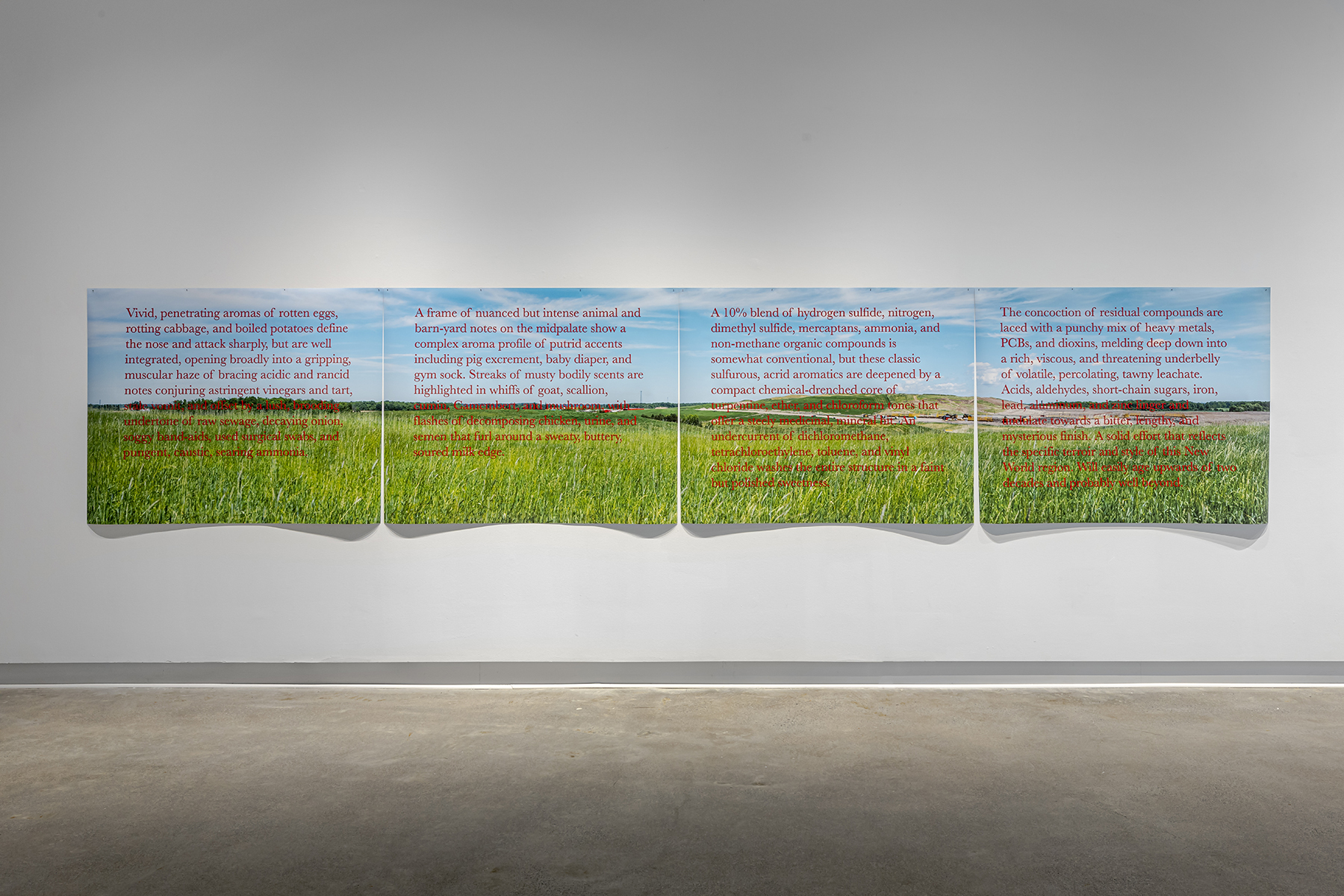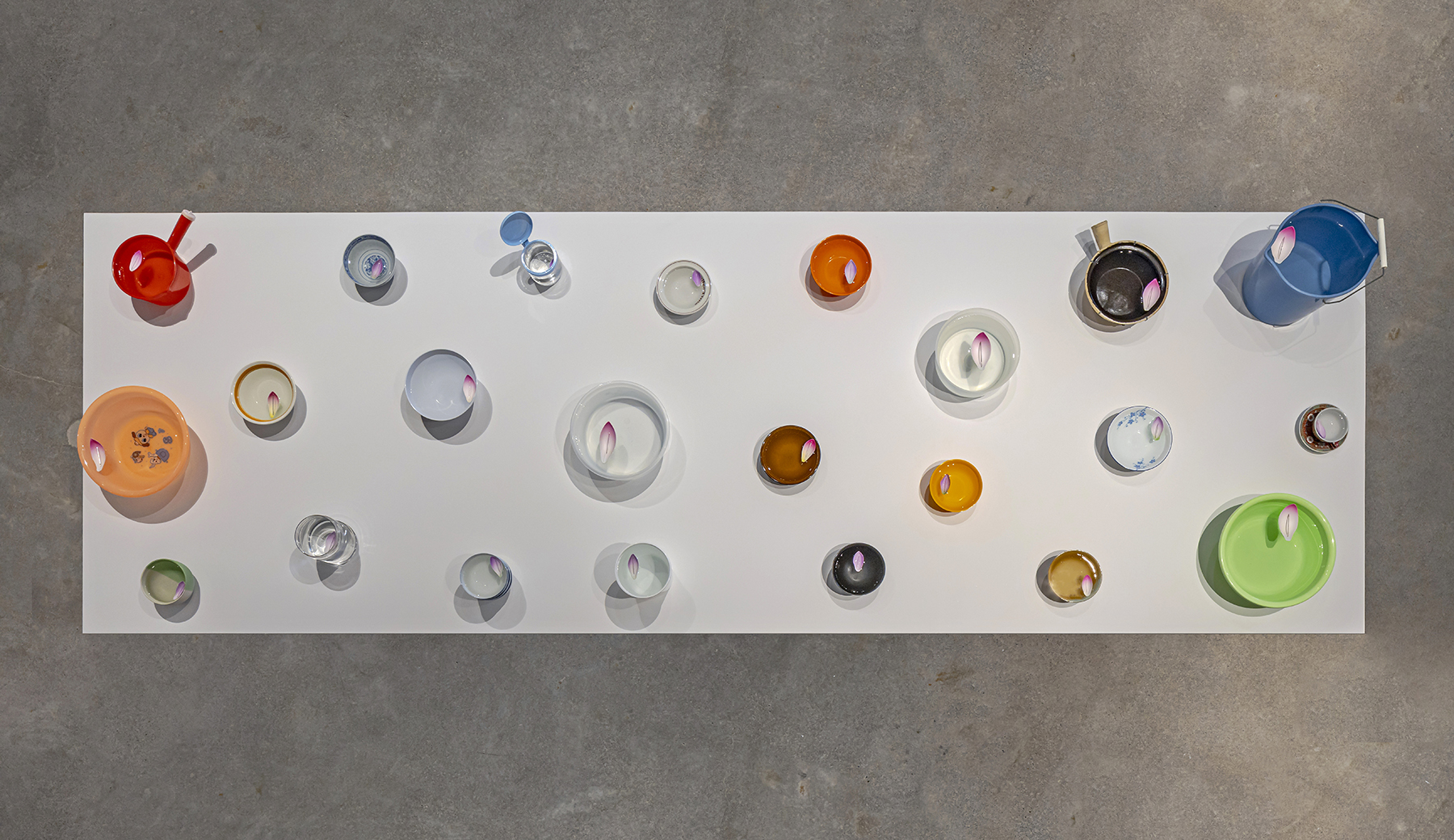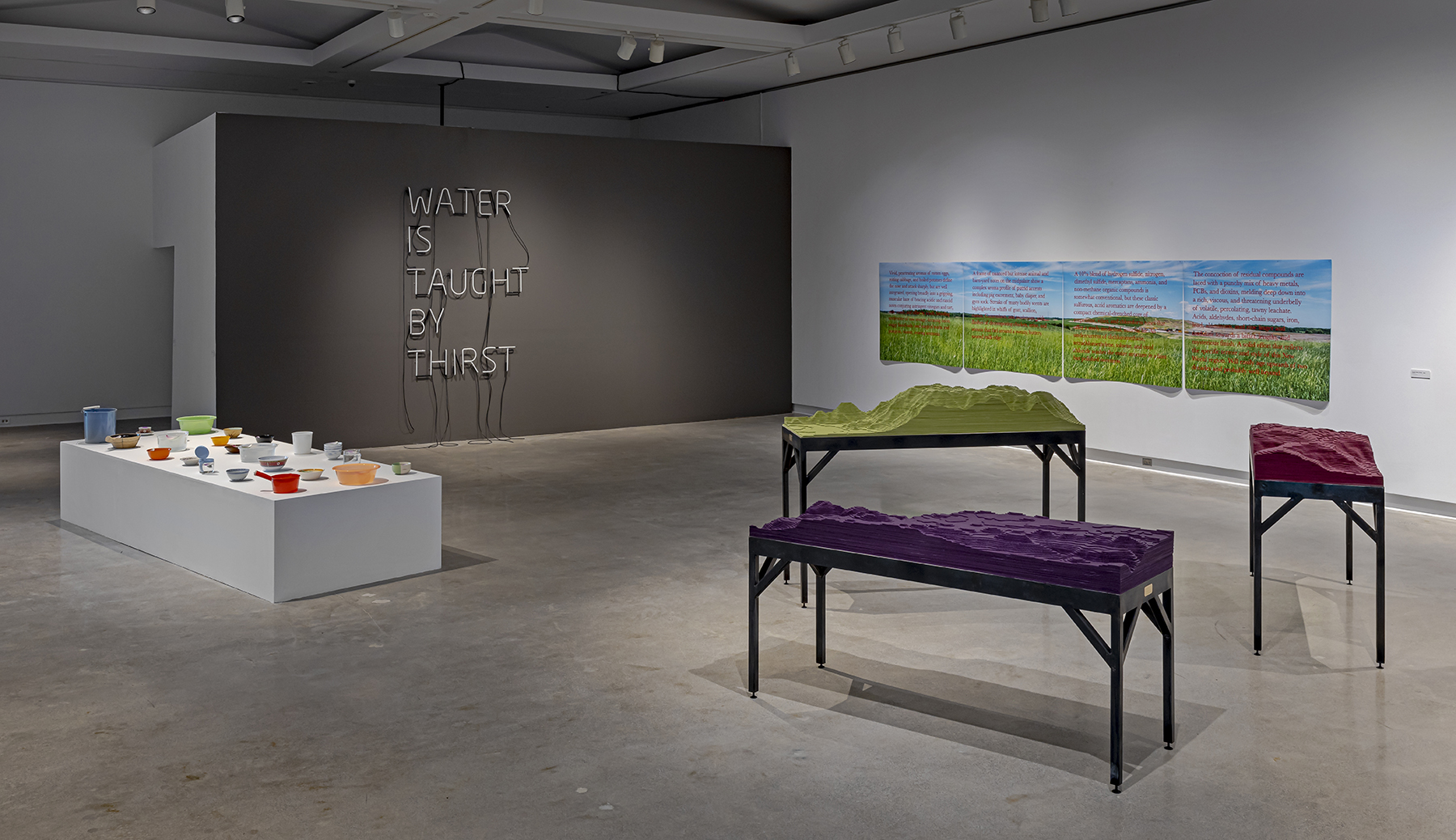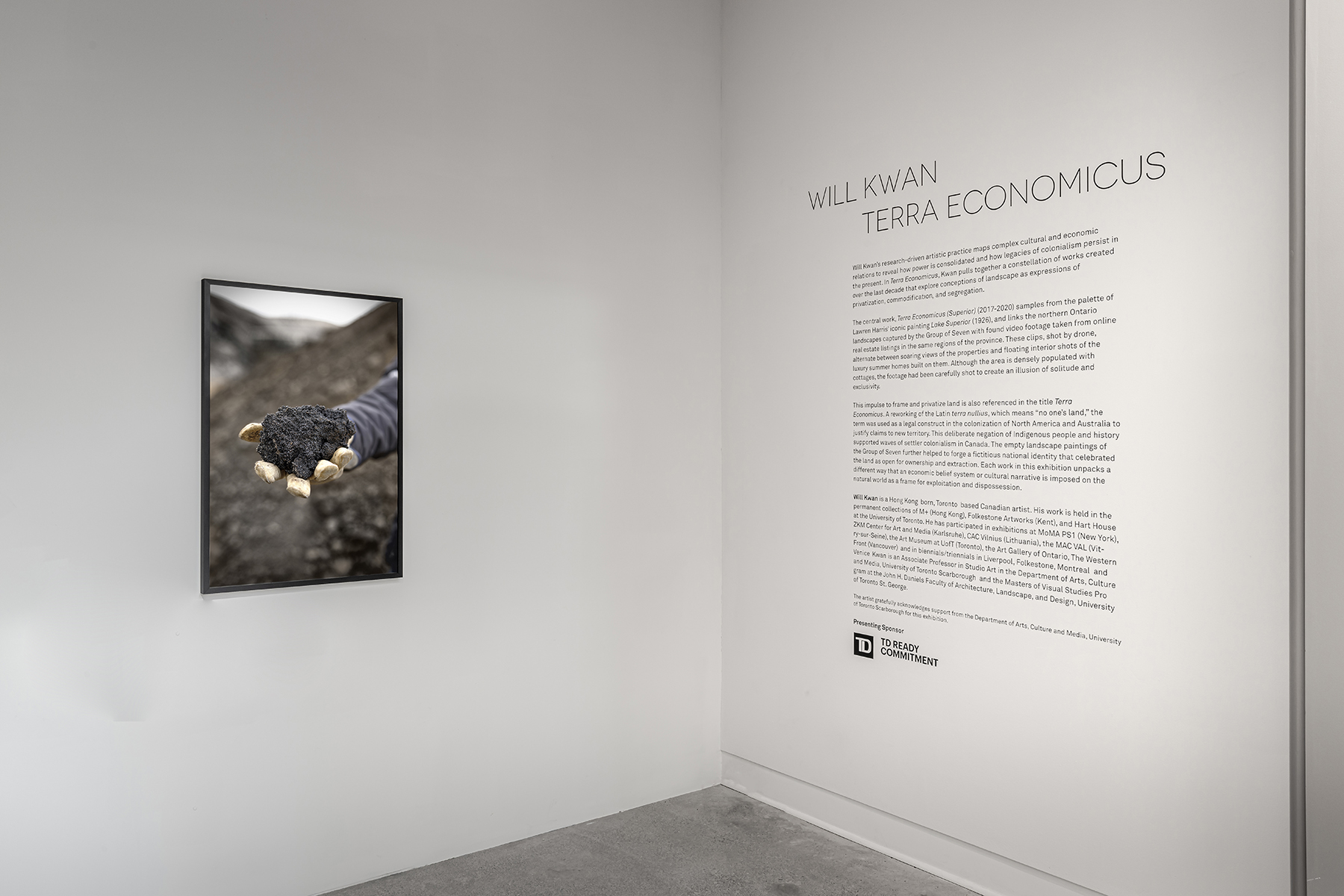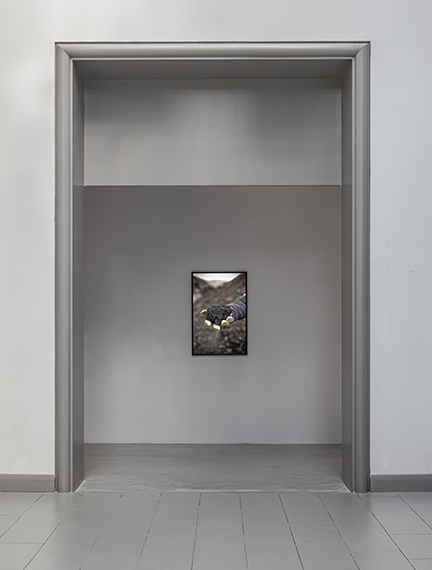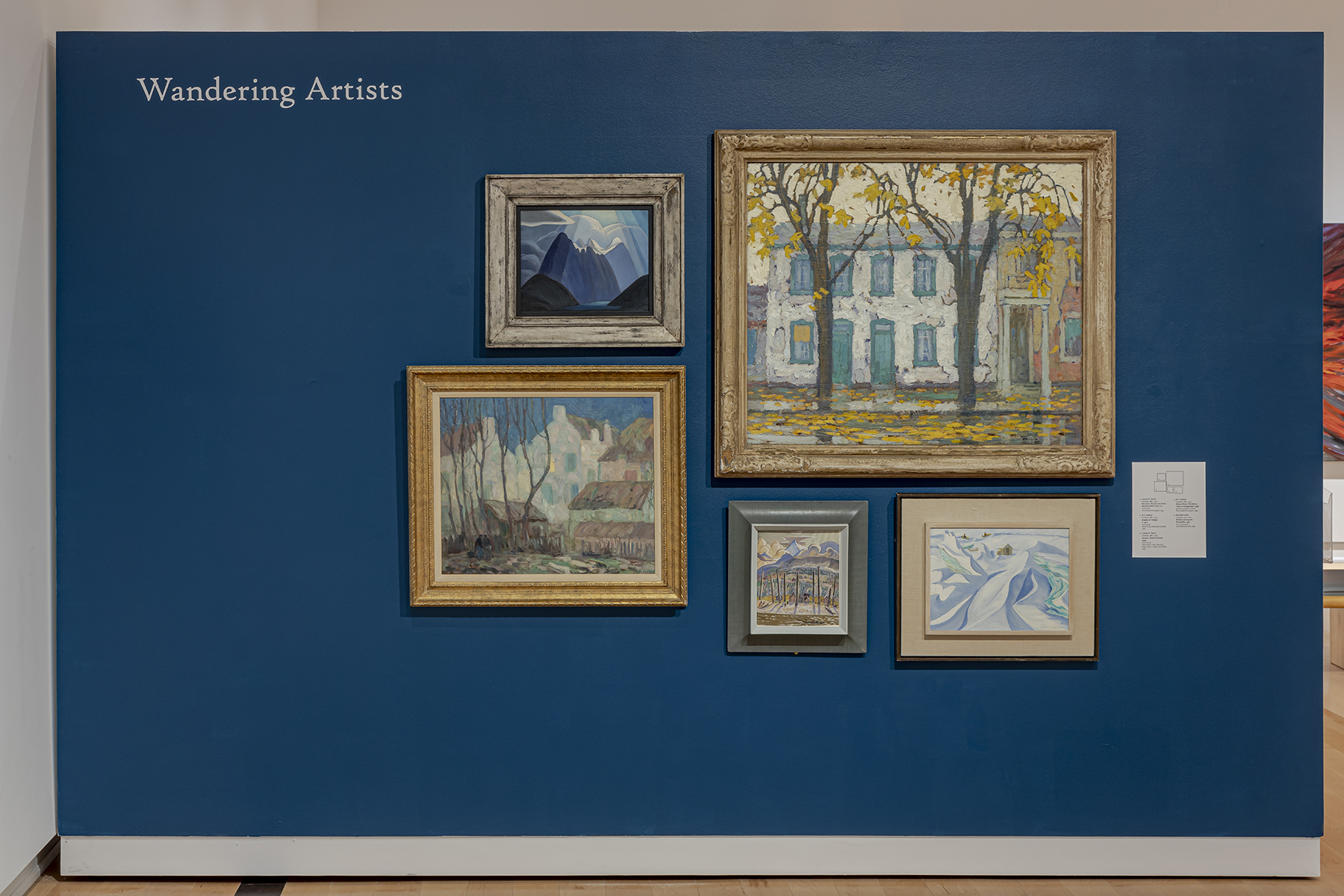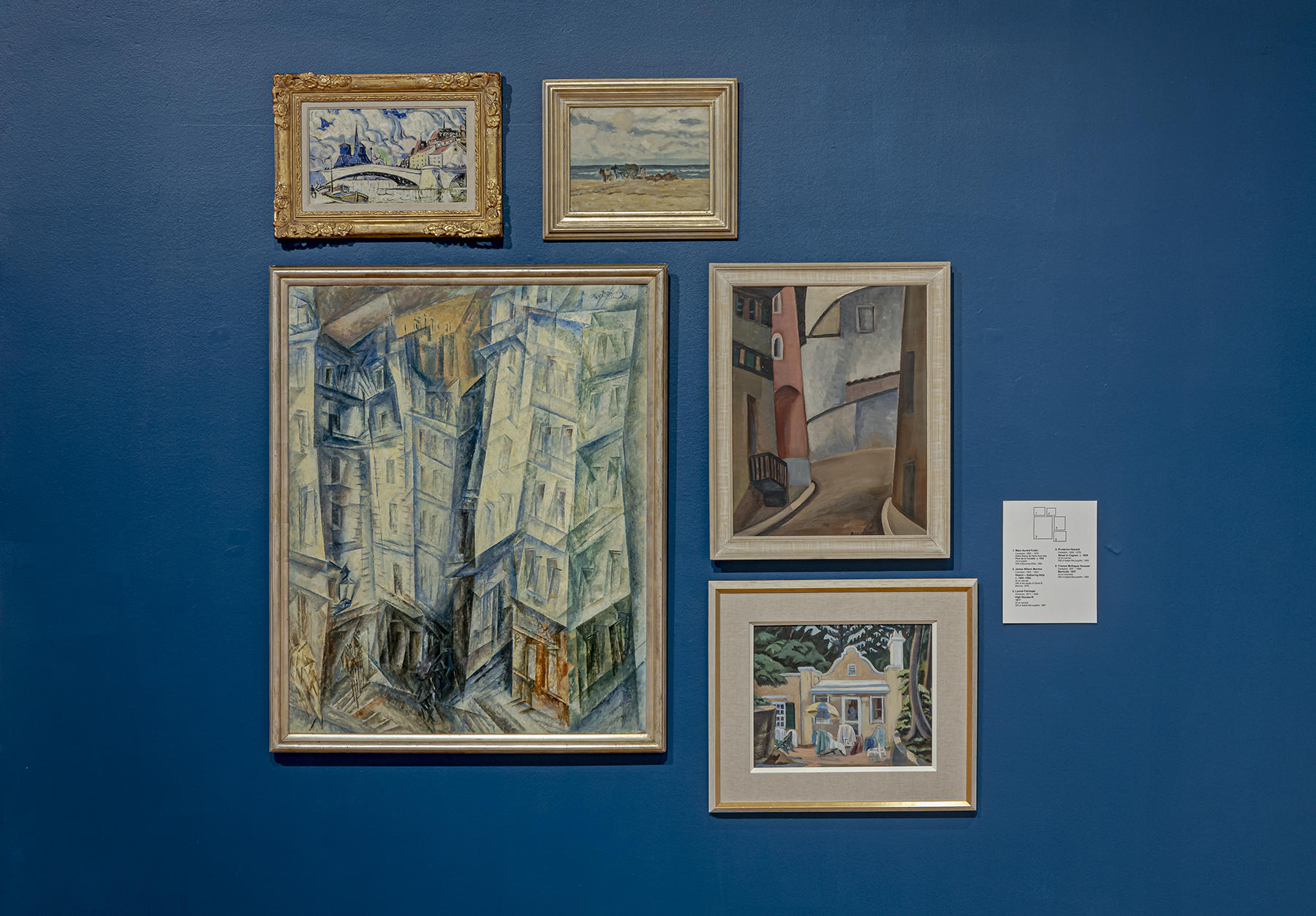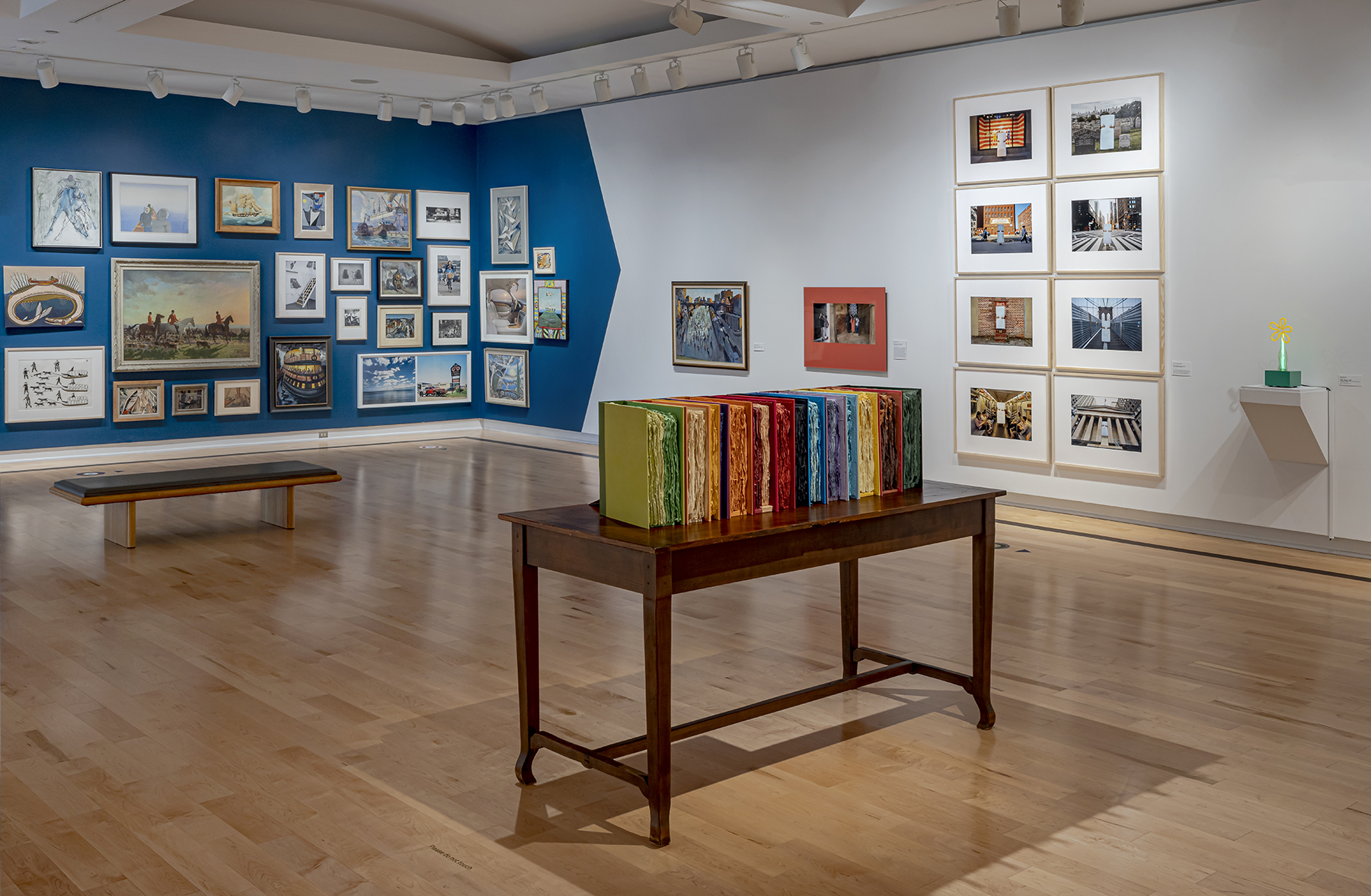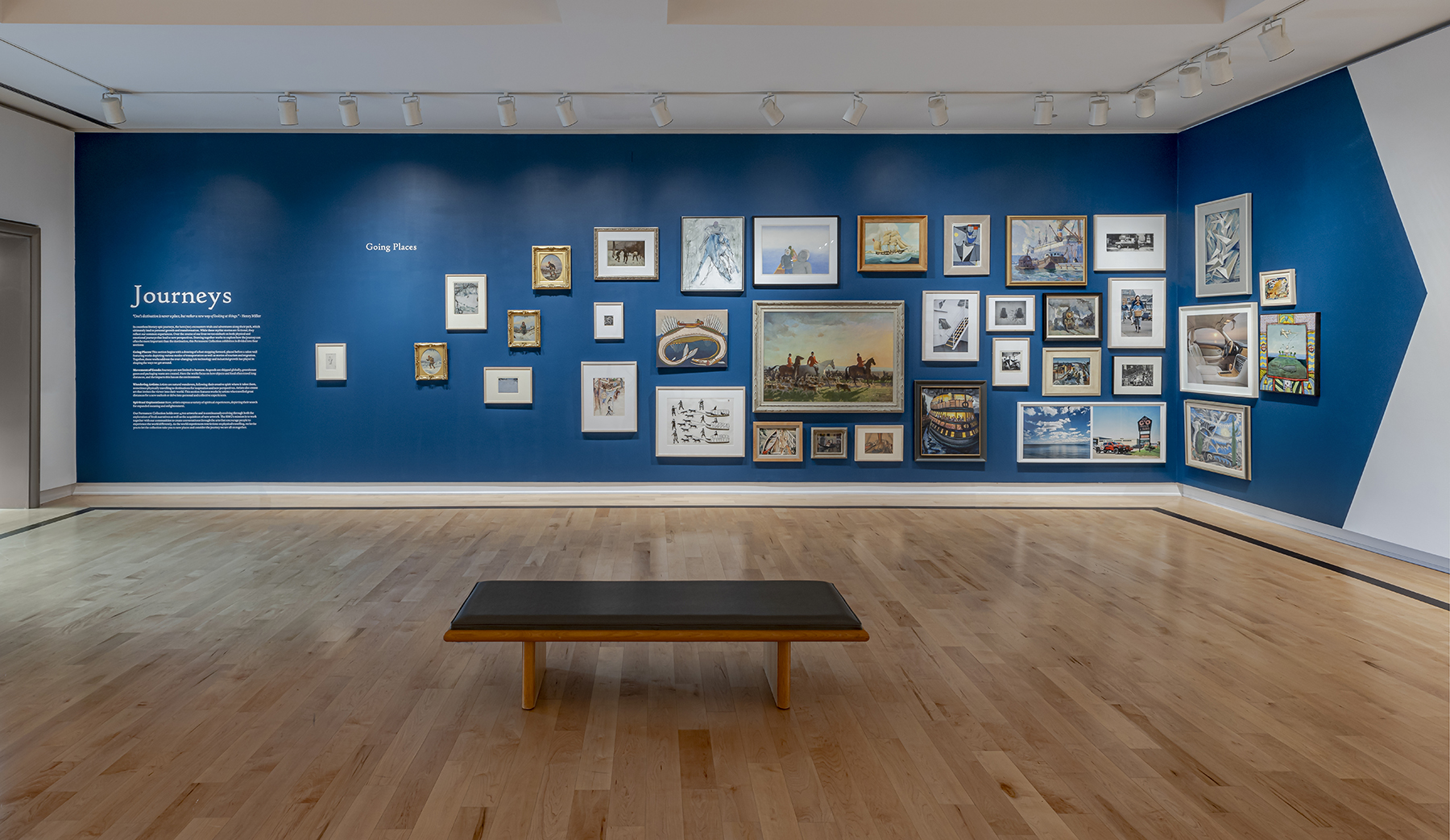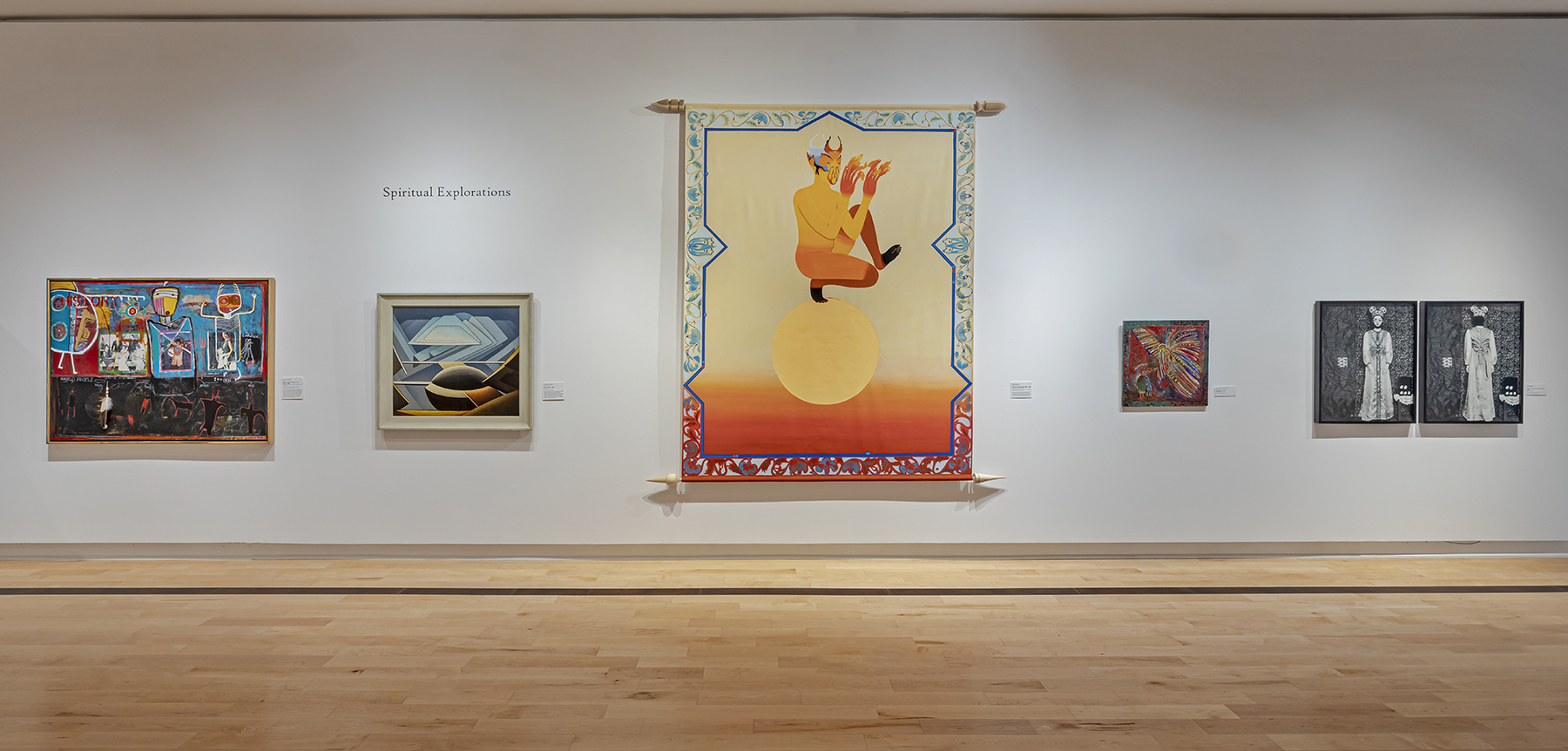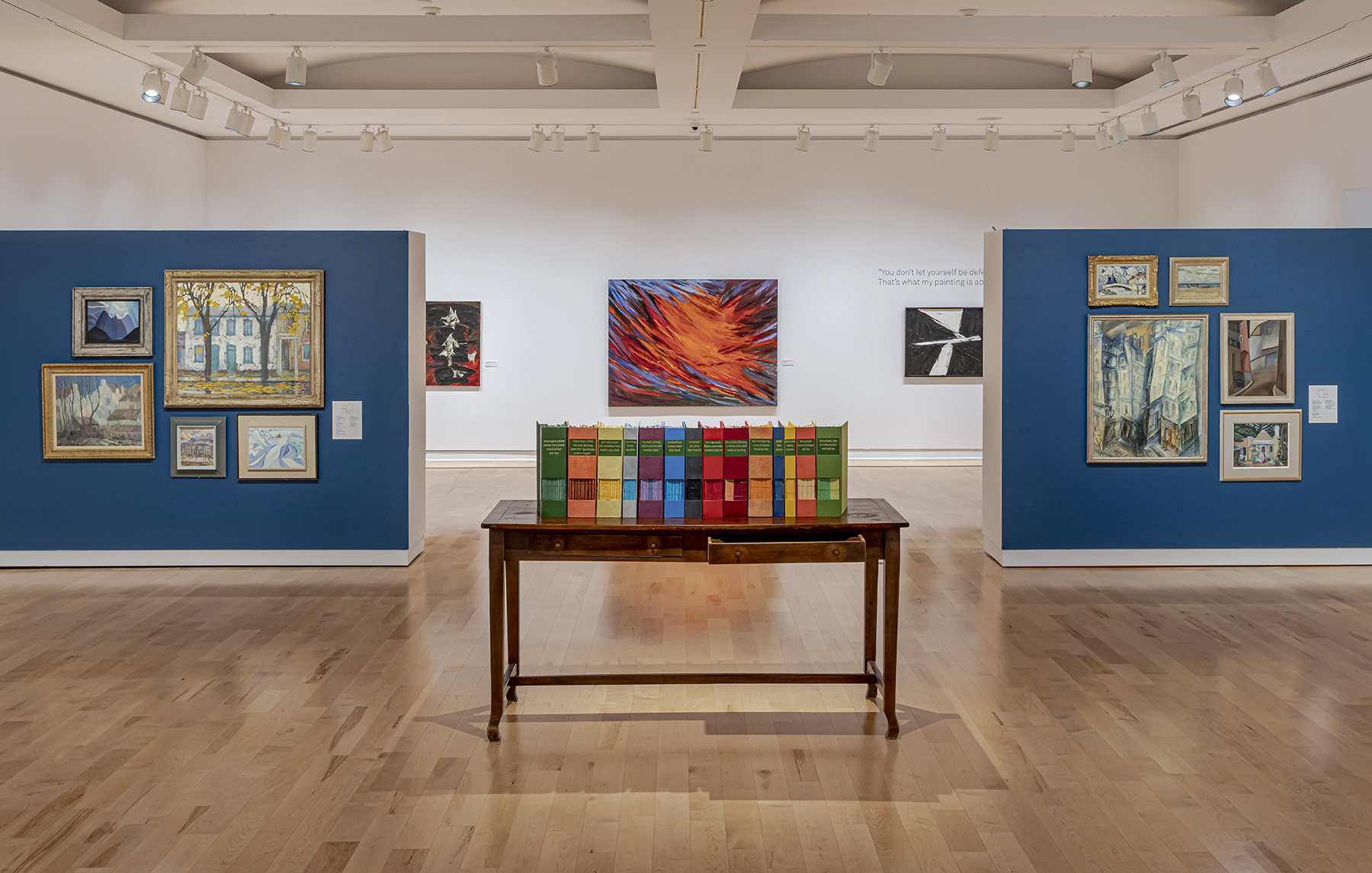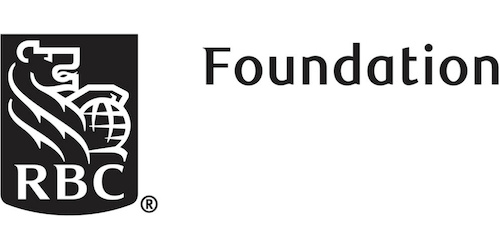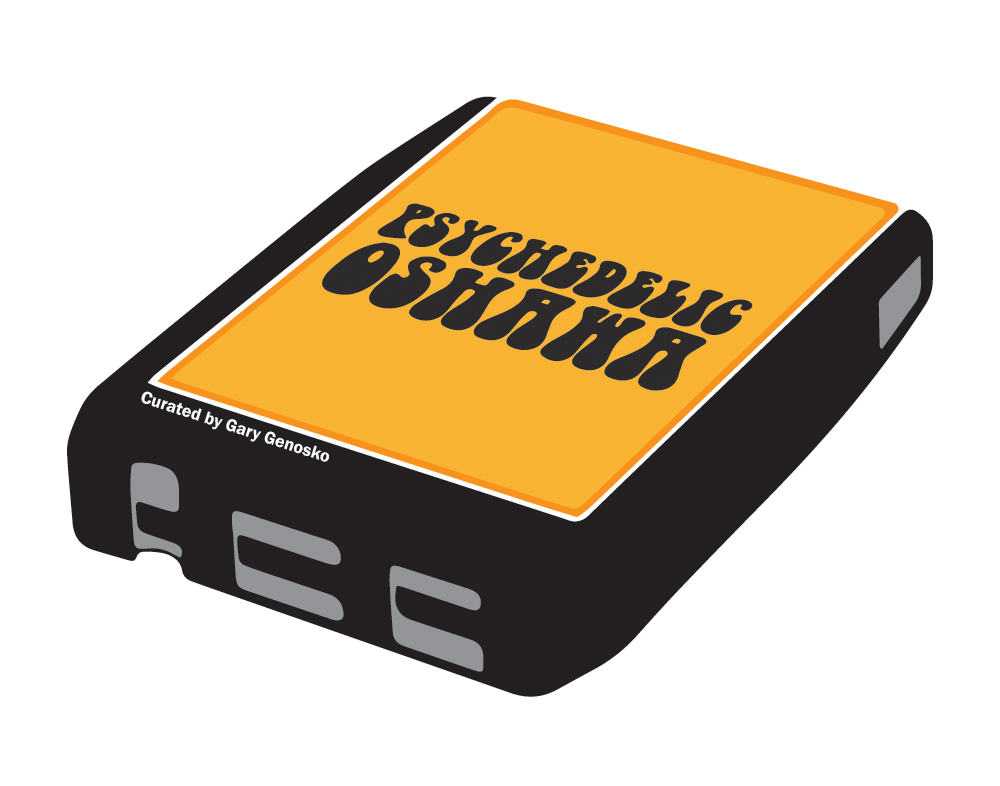This is an exhibition of posters that combat racist labels and assumptions with positive representations of Indigenous identity. In collaboration with photographer Annie Sakkab, the posters were created by First Peoples House of Learning (FPHL) at Trent University with volunteers from the Indigenous student community.
When pursuing post-secondary education, Indigenous students often face the ongoing impacts of colonization and historical trauma while reclaiming and revitalizing their own cultural identities. In some cases, they may be learning about who they are as Indigenous peoples for the first time. At Trent University, FPHL offers cultural services to a diverse community of Indigenous learners (First Nations Status, Non-Status, Métis and Inuit), providing them with emotional, spiritual, cultural, and physical support as they navigate the university and their personal growth.
In recent years, FPHL recognized that many students struggle with their sense of identity and endure racist treatment from fellow students, professors, and university staff stemming from social and cultural stereotypes. Inspired by the positive impact of a poster series in her own community, Cultural Advisor/Counsellor Betty Carr-Braint set out to confront these harmful misconceptions and create an opportunity for Indigenous students to share their truths. The team at FPHL worked together to bring Breaking Down Stereotypes to life and were excited to launch the project celebrating Indigenous pride and identity at the annual Elders Gathering in 2019. Carr-Braint and the FPHL are very proud of this project and are so happy to be able to share it with communities beyond the campus.
Betty Carr-Braint provides more details about how the project came together:
“This project came together over a couple of years here at Trent University. As the Cultural Advisor/Counsellor at First Peoples House of Learning, I support students who are struggling in a variety of areas; emotionally, spiritually, culturally, physically, and mentally. Through this process we found a shared experience as we realized many of our students were struggling with identity, feeling traumatized by the stereotypical responses from professors, other students, and staff as well. Through no fault of their own Indigenous students were often questioned about their identity, about why they did didn’t know their own history, about why “you people” don’t pay for education or pay taxes and the list of misconceptions and myths goes on. I felt that we needed to educate the broader University about these inappropriate and often racist remarks. I was involved in a poster series in my own community a few years ago and remembered what an impact that had on the women in the community. This was a bit different and yet I felt like we could create something that breaks down these stereotypes. The Team at First Peoples House of Learning (FPHL) was in total support of this idea, and we took the time to bring this one to life. We are so grateful for all the support.
Often, Indigenous students struggle with the on-going impacts of colonization and historical trauma. As a result of the historical attempts to assimilate our nations many students are going through a process of restoring, revitalizing, and reclaiming their own cultural identity, or may even be in the process of learning who they are as Indigenous peoples. At the same time, they are also learning what it means to be a learner at a University where there is often little Indigenous representation.
Throughout the years, we have heard from our students, the hurtful and often racist remarks they hear; comments such as, “you don’t look like an Indian” or “let’s ask her/him, they are native”, thinking Indigenous students are experts on all things native, or “are you sure you are Aboriginal” and the list goes on.
At FPHL, our job is to continually challenge and change these perceptions. We felt it was important to have Indigenous students share the truth about their experiences. We reached out to Indigenous students across Trent University and asked for volunteers to be part of this Poster series that would look at breaking down these stereotypes. We had the Indigenous students choose which stereotype they wanted to address and then we countered the stereotype through photo messaging showing a different view – strong Indigenous students who are proud of who they are. The other point of this series was to show that Indigenous peoples come in all colours, from light skinned to dark skinned and everything in between.
Our Poster series, “Breaking Down Stereotypes”, was launched at the Elders Gathering in 2019 and received amazing acknowledgment. We are working at creating safety for Indigenous students across campus. It is important to acknowledge the courageous students who chose to engage in our poster series and we are so grateful to each of them. Of course, we would be remiss if we did not acknowledge our photographer extraordinaire, Annie Sakkab. Her willingness to support us as we brought this project to life has been so incredible. Her compassion and encouragement helped the students navigate their experiences as they engaged with expressing the stereotypes. Our gratitude for the amazing photos as well as the design and creation of our posters. We are so proud of this project.”
– Betty Carr-Braint



